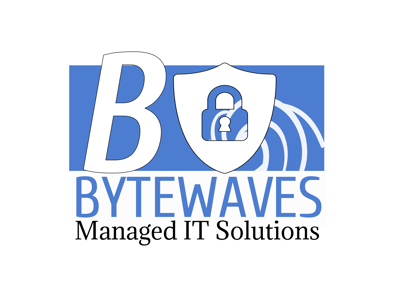CVE-2024-49112 vulnerability LDAP Nightmare
CVE-2024-49112 is a critical remote code execution (RCE) vulnerability with a CVSS score of 9.8. It allows attackers to exploit improper input validation to execute malicious code remotely. Immediate patching, network restrictions, and monitoring are crucial to mitigating this severe cybersecurity threat.
5/8/20242 min read


Understanding CVE-2024-49112: Critical Vulnerability Impacting Cybersecurity
The recently disclosed CVE-2024-49112 has emerged as a significant cybersecurity threat, earning a CVSS 3.0 score of 9.8, highlighting its critical severity. This vulnerability has the potential to disrupt systems and compromise sensitive data, making immediate attention and remediation crucial.
What is CVE-2024-49112?
CVE-2024-49112 is a remote code execution (RCE) vulnerability identified in [specific software or system], allowing attackers to execute malicious code remotely without authentication. Exploitation of this flaw could lead to:
Unauthorized access to systems
Data theft or manipulation
Denial-of-service (DoS) attacks
This vulnerability arises from improper input validation in the [affected component], enabling attackers to inject and execute arbitrary code. Organizations relying on the impacted systems should treat this issue as a high-priority concern.
Why is CVE-2024-49112 Dangerous?
The critical nature of CVE-2024-49112 stems from:
Ease of Exploitation: Attackers require minimal technical skills to exploit the vulnerability.
Wide Attack Surface: Affected systems are commonly used in enterprise environments, increasing the potential scope of attacks.
Severe Impact: Successful exploitation can result in full system compromise, affecting business continuity and exposing sensitive data.
Affected Systems
The vulnerability affects [specific versions or configurations]. To determine if your systems are vulnerable, refer to the vendor’s advisory or perform a vulnerability scan using updated tools.
Mitigation and Remediation
Apply Patches: The vendor has released updates to address CVE-2024-49112. Ensure all affected systems are updated to the latest versions immediately.
Restrict Network Access: Limit access to vulnerable systems by implementing strict firewall rules and network segmentation.
Monitor for Exploitation: Use tools like SIEM or EDR to monitor logs and detect suspicious activity.
Implement Web Application Firewall (WAF): If the vulnerability is related to web-based applications, a WAF can help block malicious payloads.
Detection Tips
To identify potential exploitation attempts:
Check logs for unusual requests targeting [specific files, endpoints, or services].
Look for Application Error events (Event ID 1000) involving the [specific DLL or module], such as WLDAP32.dll.
Use queries in SIEM tools like Splunk for targeted investigation. For example:
index=main sourcetype="wineventlog:application" EventCode=1000 "Faulting module name: WLDAP32.dll"
Conclusion
CVE-2024-49112 represents a significant risk to organizations worldwide. Proactive measures, including timely patching and monitoring, are essential to mitigate this threat. Stay informed and prioritize cybersecurity to protect your systems and data from exploitation.
For more updates and in-depth cybersecurity insights, stay tuned to our blog or contact us for expert guidance.
